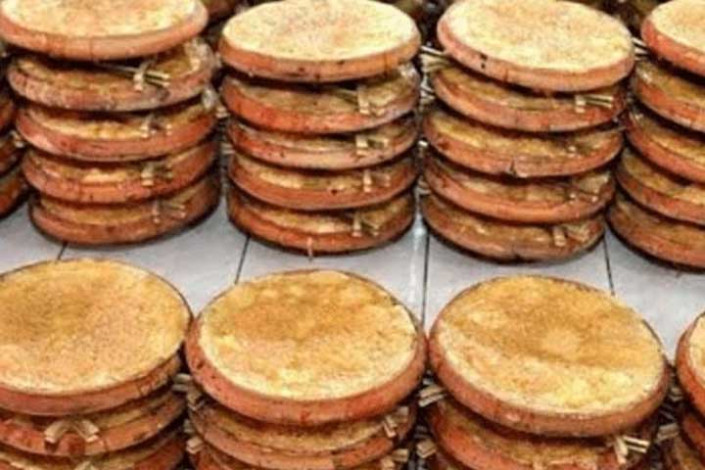
Bogra Yogurt. File Photo
More or less Yogurt is always
produced in all the districts of the country. But since the beginning of the
last century till now Bogra yogurt has been the foremost in terms of unique
taste, quality, popularity, and reputation. There is a lot of demand for this
yogurt in different districts including Dhaka. It is even going abroad beyond
the borders of the country.
Bogra's famous Sara (Clay pot) yogurt
has been recognized as a Geographical Indication (GI) on June 25. The
Department of Patents, Designs, and Trademarks (DPDT), an institution under the
Ministry of Industries, has approved Bogra Sara yogurt as a GI product
following an application by the Bogra Restaurant Owners Association. As a
result, the status of Bogra yogurt as Bangladesh's own product will increase in
the world, as well as the export will be facilitated. GI recognition will play
a major role in determining the quality and price of these products.
If the culture of the population
plays the most important role in the production of a product in the context of
soil, water, and climate of a specific territory of a country, then it is
recognized as a GI product of that country. The list of GI products in the
country includes Jamdani, Hilsa, Kshirshapati mango, Muslin, Bagda shrimp,
Kalijira rice, White soil of Vijaypur, Silk of Rajshahi, Shataranji of Rangpur,
Kataribhog rice of Dinajpur, Fazli mango of Rajshahi and Chapainawabganj,
Langra and Ashwina mangoes of Chapainawabganj and Kachagolla of Natore.
Mafuzul Islam, vice president of
Bogra Chamber, said that more than one crore rupees worth of yogurt is sold in
Bogra district every day. According to that, about Tk 400 crores worth of
yogurt is bought and sold annually. Sweets are sold for about Tk 300 crore.
Apart from this, thousands of people in the Pal community earn their living by
making clay pots and pots.
As Bogra Yogurt at the peak of fame
Once upon a time, people of the Ghosh community used to go around the village and sell Bogra yogurt. Business patterns have changed over time. Now traders sell yogurts in well-decorated showrooms in the city. Bogra's Sara yogurt is very popular in entertaining guests on various festivals and social occasions including weddings, Eid, Paila Baisakh, or New Year. Through expatriate Bangladeshis and foreign tourists, different flavors of Bogra yogurt are going to different countries of the world including India, Saudi Arabia, Kuwait, Pakistan, Nepal, Thailand, Malaysia, USA, UK, Canada, Italy, Japan, Australia, and Europe. Diaspora traders are also making and selling Bogra yogurt abroad with artisans.
Local poet and fiction writer Bajlul Karim Bahar said that the journey of Bogra yogurt started around 1860 or 1870 around one and a half hundred years ago by Nilakantha Ghosh of Ghoshpara in Sherpur Upazila of Bogra. Since then, the people of the Ghosh community used to make sourdough and fill it in small pots and sell it in villages. At the beginning of the last century, Shri Gaur Gopal Pal of Ghoshpara started selling yogurt in Bogra town. After that under the patronage of Nawab Altaf Ali Chowdhury of Bogra (father of former Prime Minister of Pakistan Mohammad Ali) Gaur Gopal Pal started yogurt production in Bogra town. Two descendants of Gaur Gopal, Bimal Chandra Pal, and Swapan Chandra Pal, are still running the ancient shop called 'Shri Gaur Gopal Dadhi and Misthanna Bhandar' on Nawabbari road in Bogra town.
Comment Now